As a cyclist, would you be able to tell the material, size, rim depth and the exact type of wheel on your bike? You’re probably unaware of some of these details, either because you’ve never really thought about it or it’s practically impossible to know it all, given the variety of options on the market and the development of new technologies in the last few years. No worries, you’re in luck: in this article we are going to summarize the different models of wheels, grouping them by size, material, rim depth, inner/outer rim width, type of tire and braking systems.
Most common wheel sizes in cycling

Here’s a list of the most common wheel sizes for each discipline:
MTB
26″, 27.5″ and 29″: 26″ can still be found on older bikes and on some smaller models. 27.5″ offer a balance between the agility of 26″ wheels and the rolling resistance and stability of 29″ wheels. 27.5″ wheels are used on many mountain bikes but the 29″ size is the most popular choice for MTB. They offer greater performance over rough terrain and obstacles, as well as better traction on climbs and stability at high speed.
Road & Gravel
700c: Standard wheel size in road and gravel cycling.
650b: Popular in gravel as they can be used with wider tires and provide greater comfort and traction on uneven terrain.
Things are a bit different for smaller bikes. If you want to look into all the available wheel sizes, from 12″ to 24″, take a look at this article on how to choose the right bike size.
Materials
Not much to say here as there are only two: aluminum and carbon. Each has its pros and cons:
Aluminum: Durable, strong and cost-effective. On the other hand, aluminum wheels are heavier, less stiff and aerodynamically limited. You find them on a wide range of bikes in any discipline.
Carbon: Lightweight and rigid material that offers excellent weight, stiffness, shock absorption and aerodynamics. However, carbon wheels are more expensive than aluminum wheels.
Rim depth
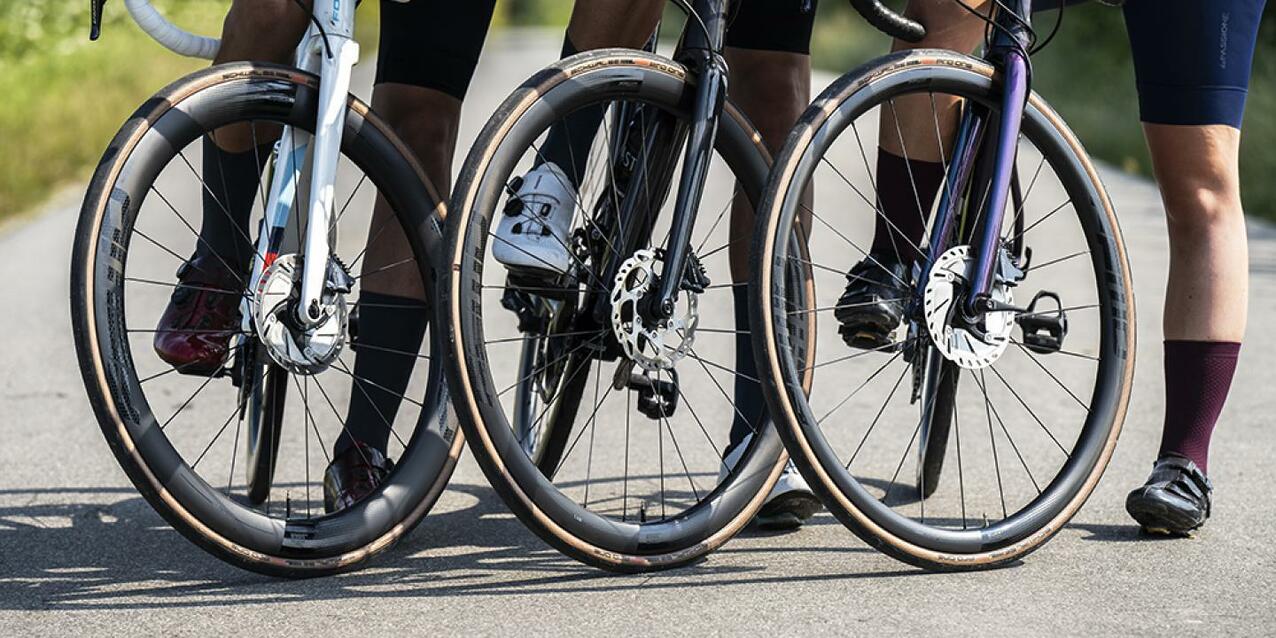
The rim depth or a rim profile on a bicycle refers to the height of the outer edge of the rim and affects aerodynamics, stiffness, stability and comfort. Here is a brief overview of the most common ones:
Deep section rims:
Over 50 mm deep. They offer aerodynamic benefits and are very popular in road cycling and time trials or triathlons. They provide more stiffness and better power transfer, but tend to be heavier, less reactive and more affected by crosswinds.
Mid section rims:
Between 35 mm and 50 mm deep. They offer a balance between aerodynamics, stiffness and weight. They are the most versatile and hence common on road bikes, but also on gravel and some mountain bike models.
Shallow section rims:
Less than 35 mm deep. They are lighter and offer better handling and acceleration response. They are less aerodynamic, but more stable in crosswinds. They are the ideal choice for uphill terrain.
Box section rims:
A completely flat rim, with no depth or curvature. They are classic, simple and robust, offering good impact resistance and durability.
Outer and inner rim width
The outer width is the distance between the outer edges of the rim. It affects stability, aerodynamics and compatibility with the bicycle type and tires.
The inner width is the distance between the inner edges of the rim. It is really important since it determines the width of the tire that can be used on a specific wheel.
Check with the manufacturer of the wheels and tires to find out what width and pressure you should use for best compatibility and safety.
Types of bike tires
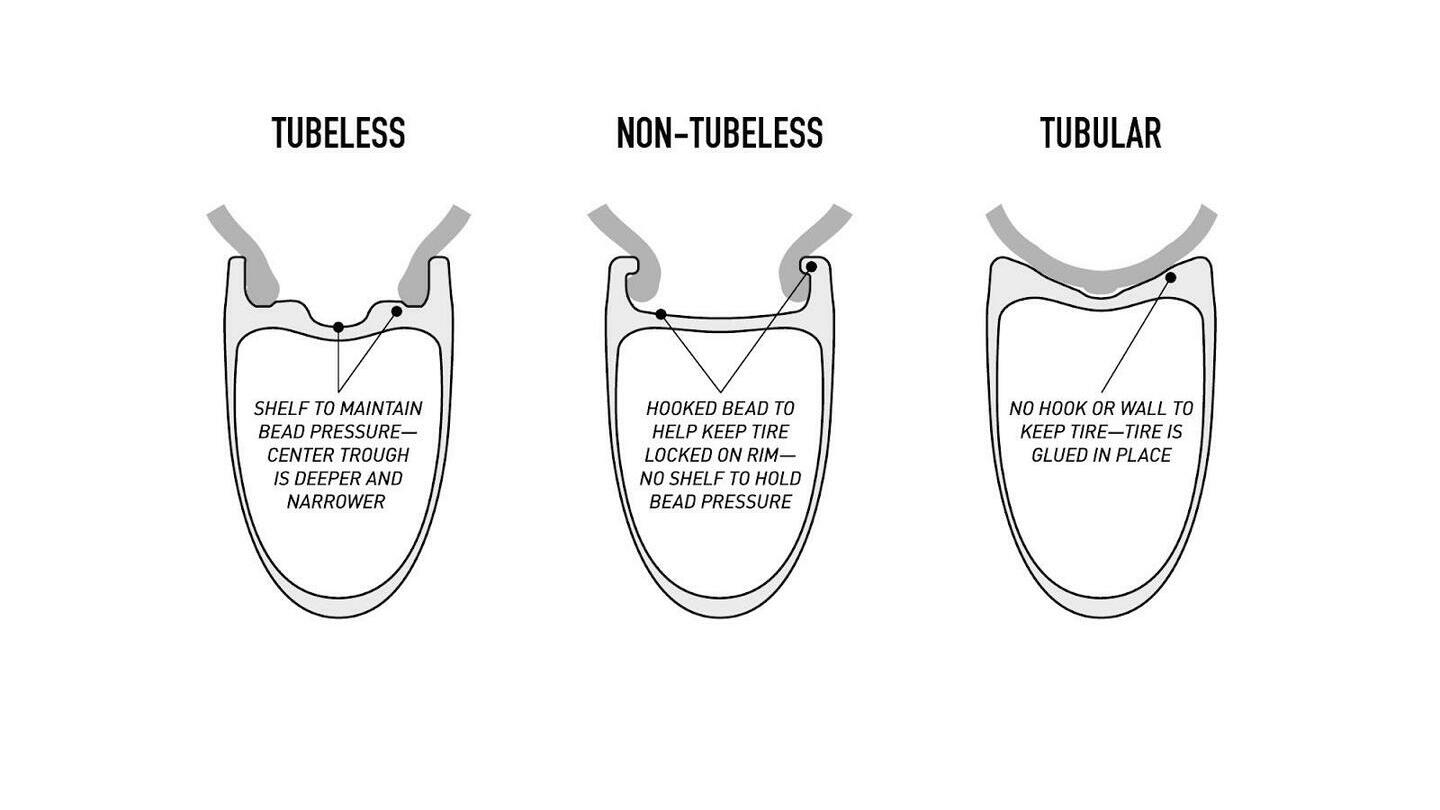
You will find wheels with rims for the three most common types of tires on the market: tubular, clincher and tubeless.
Tubular
As the tubular tire is glued to the rim, the rim lacks walls and a hook to support the tire. The surface is practically flat, with a slightly raised central groove.
Mostly used in professional cycling and in certain disciplines such as cyclocross. Pro: light weight. Con: complicated mounting and on-road service and repair.
Clincher
The most common type on the vast majority of road bikes. It requires the use of a tube between the tire and the rim which, when inflated through the valve, presses the tire to the rim, attaching the tire bead with the hook.
Pros: Easy on-road service and repair. Cons: Weight, to say one, but there are really light clincher rims.
Tubeless
Mainly MTB and gravel, gaining ground in road cycling.
A tubeless rim (with or without a hook) can be used with an inner tube and clincher tire, as long as the tire is compatible with the inner width of the rim and the minimum and maximum pressure recommended by the manufacturer is respected.

There are also rims that are actually clincher, but “tubeless-ready”. This means that the rim is designed to be compatible with the tubeless system, but it requires rim tape and tubeless sealant for proper installation and a tight seal. In these cases, it is key to follow the manufacturer’s instructions and recommendations to avoid problems.
Tubeless-specific rims do not require sealing tape because they have features to ensure an airtight seal and bead retention.
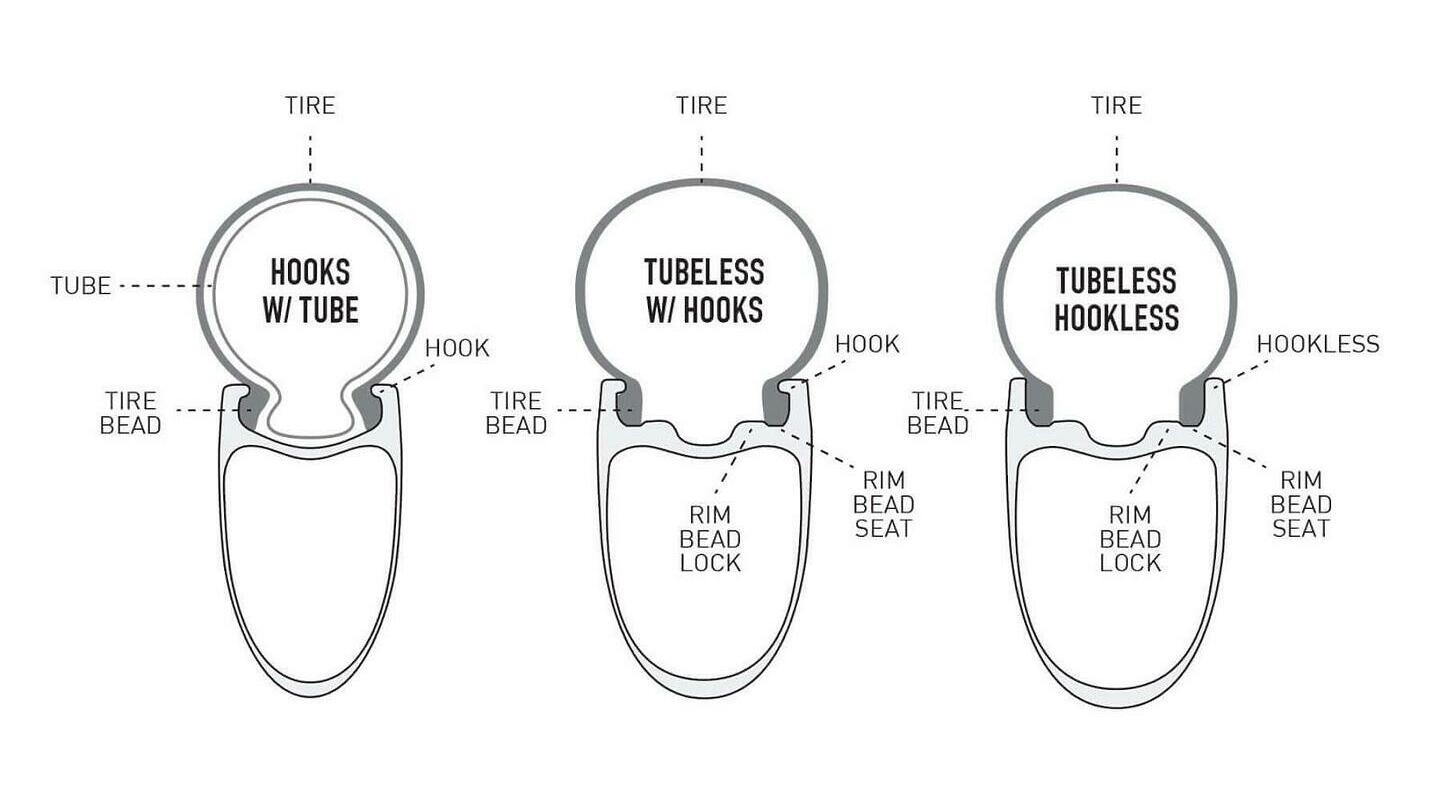
Hookless technology is relatively new. It was first used in MTB and in recent years, it has reached gravel and road cycling disciplines. Some manufacturers decided to go hookless right away because by eliminating the hook, the carbon rim is easier and cheaper to manufacture, weighs less and offers aerodynamic benefits. However, the hookless system can be tricky and there’s little room for error as it is based on an almost perfect fit between rim and tire and applying the specific pressure. At low pressures, as in MTB, the margin is sufficient unless you inflate the tires to the max. On the other hand, on the road, where higher pressures are used, you have to be careful and check the recommendations given by the wheel manufacturer regarding compatible tires and maximum pressure.
The problem is that cyclists are often not aware of all this, due to ignorance, inexperience or because whoever sold them the bike, did not mention any of it. It is already hard to know the inner width of the rims, imagine knowing that for certain inner widths we must use only 28 mm tires of some brands and not exceed 5 bar or 72.5 psi.
If you have recently bought a bike (2-3 years), check what type of rim you have and find out the recommendations and compatibilities indicated by the manufacturer, especially in the hookless system.
Brake system
Finally, we have to mention the two most common types of brake systems: rim brakes and disc brakes. Although, if we look at what is manufactured and sold today, rim brakes are clearly becoming less and less common.
Rim brakes require a sidewall on which the brake pads can rub. This is a specific braking surface that wheels with disc brakes don’t need. In addition to this important difference, disc brake wheels are also designed to withstand the braking forces of disc brakes.
In short, the wide variety of bike wheels is due to the many combinations of the above characteristics. MTB, road and gravel wheels adapt to the diversity of riding styles, terrain conditions, technological advances, personal preferences and market trends that ultimately determine the design and production of wheels to meet the needs and demands of cyclists.
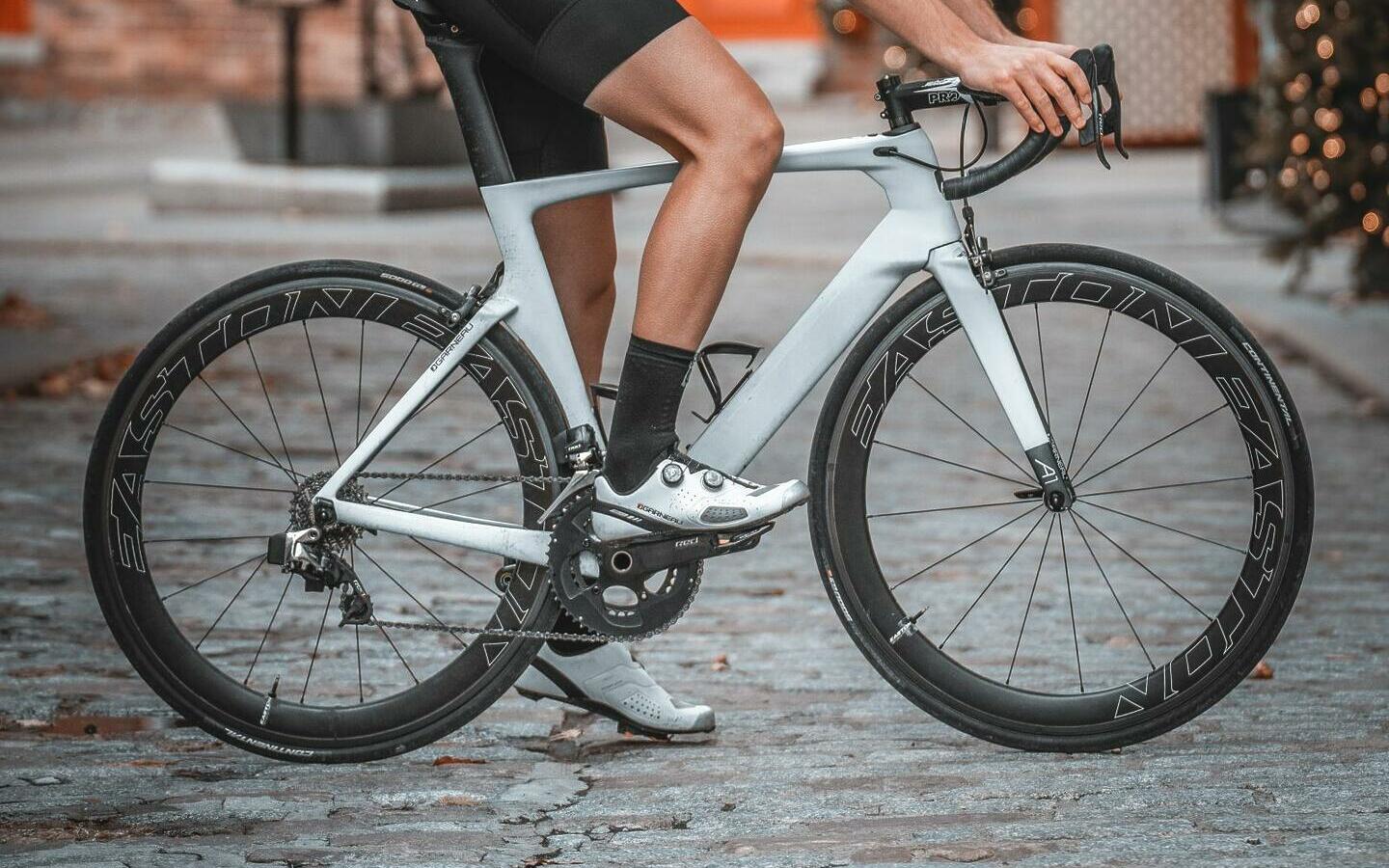
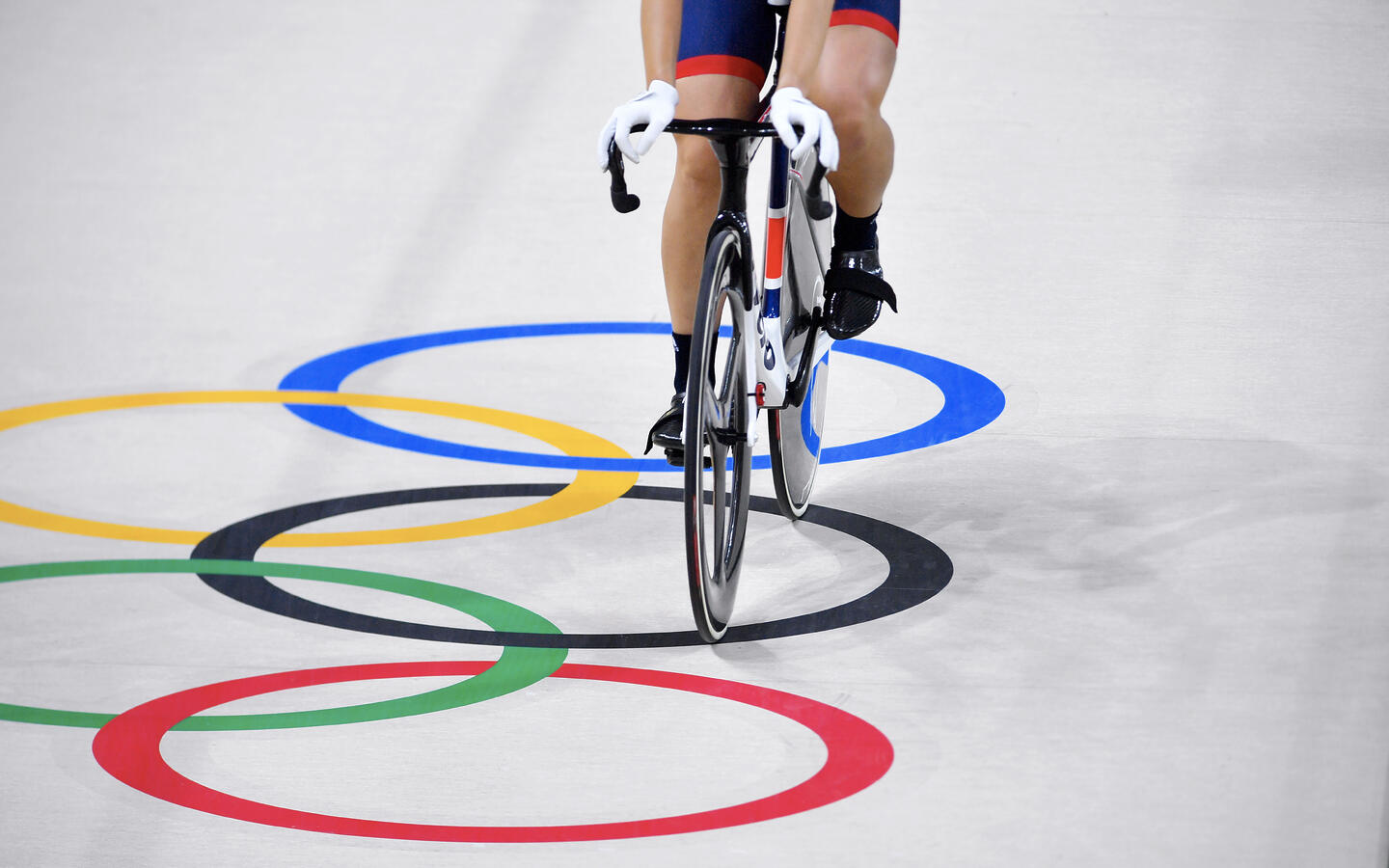
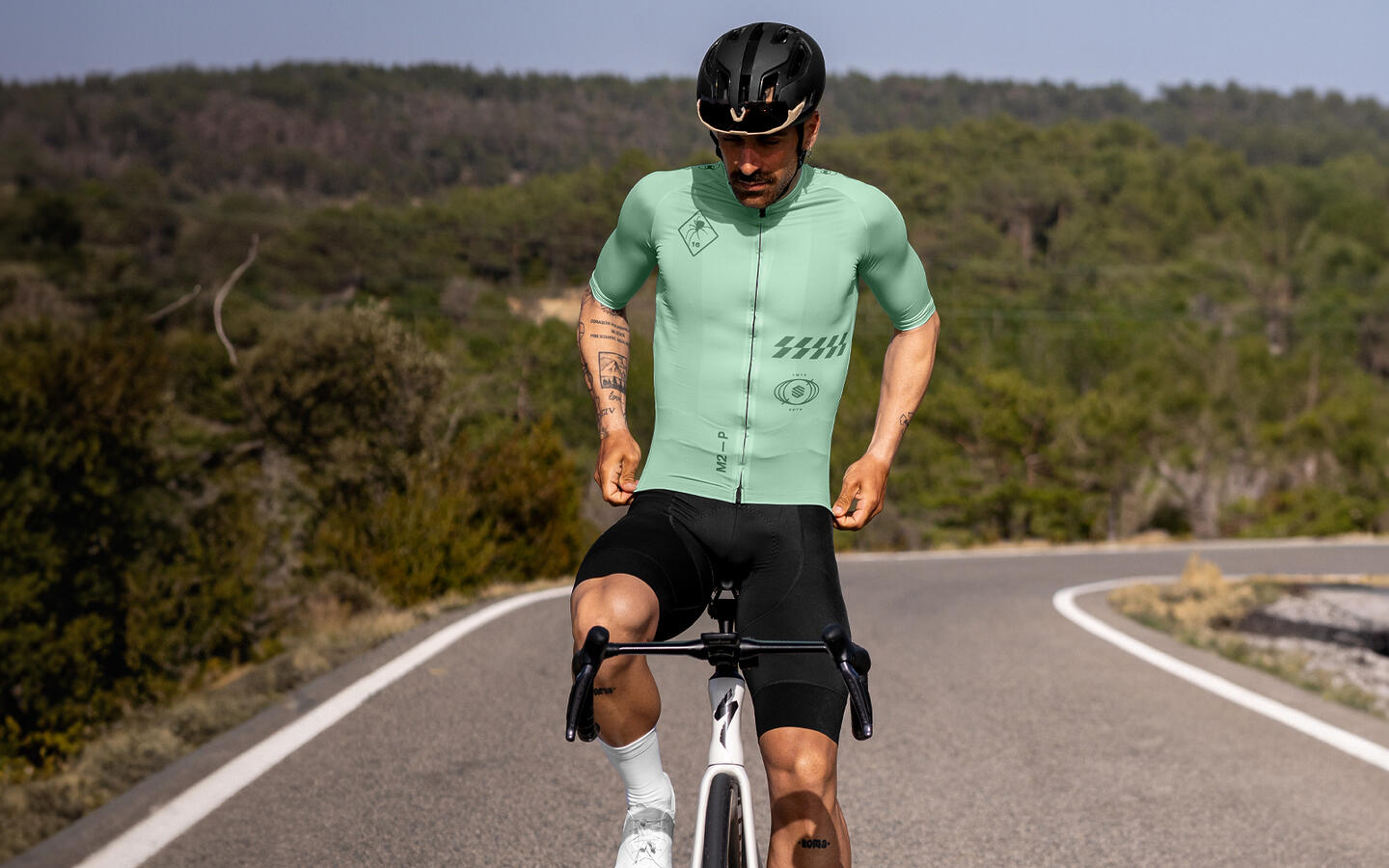

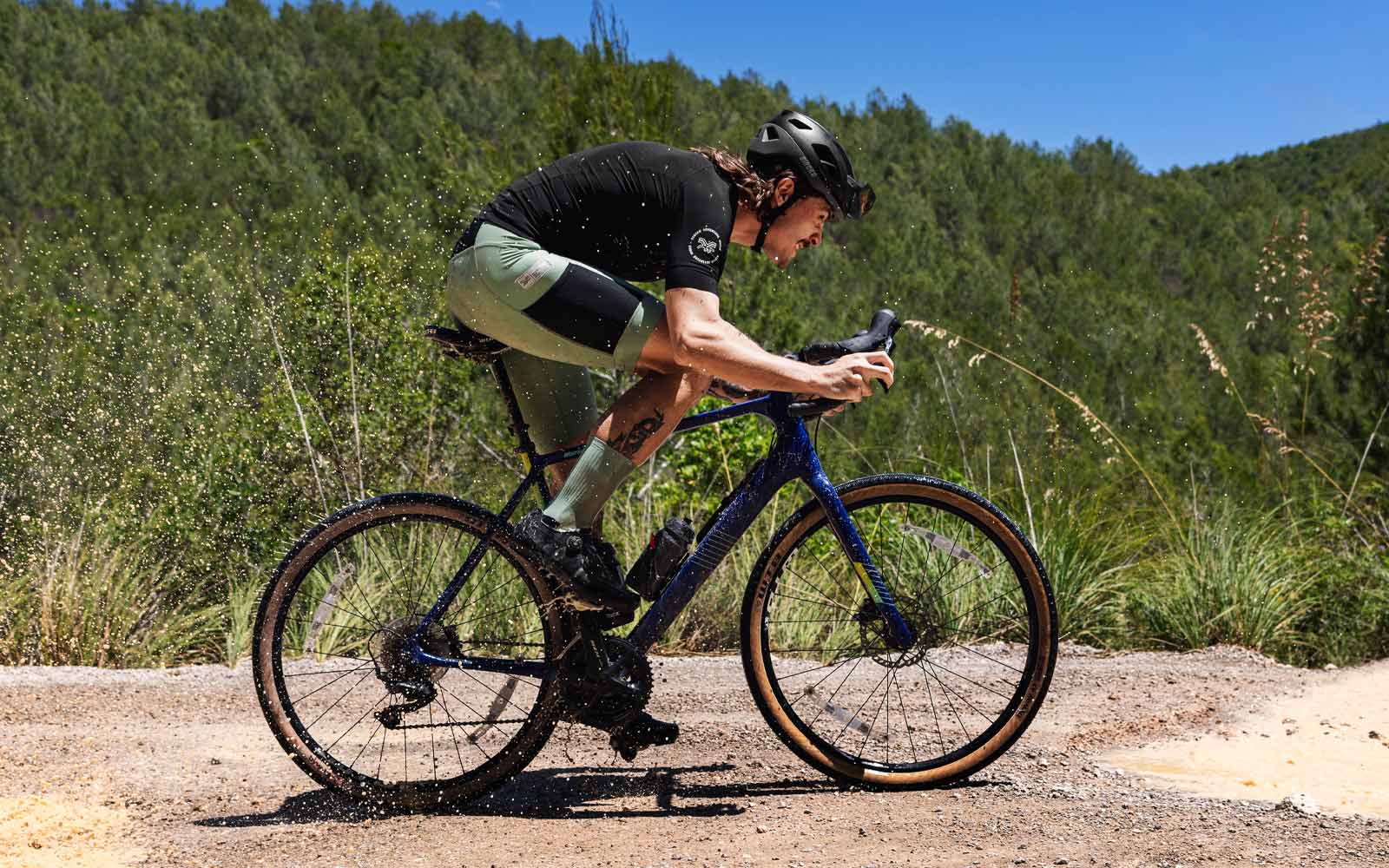
The above information are good to be shared with bike team members. Please send the above article to my email address [email protected] , I will introduce Siroko cycling community to my team.
Regards,
Dennis Chou